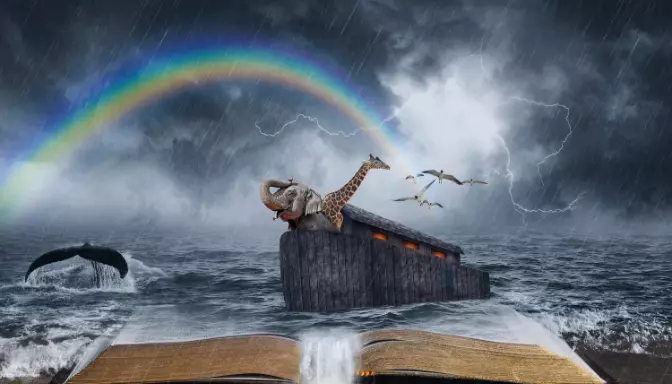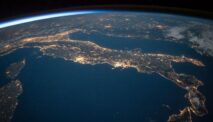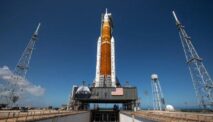Diksia.com - The story of Noah’s Great Flood is a renowned tale in both the Bible and the Qur’an.
According to the narrative, during the six hundredth year of Noah’s life, on the appointed day, all the fountains of the great deep burst forth, and the windows of the heavens opened, causing a tremendous flood.
In that era, God observed the rampant wickedness among humanity and sent a global flood. As Noah was a righteous man, God commanded him to construct an ark to save his family and the animals.
Based on this account, scientists and researchers continue to study its origins, delving into the question of whether Noah’s flood actually occurred.
“One thing we know for sure from geology is that a global flood never took place,” said David Montgomery, a professor of geomorphology at the University of Washington in Seattle, United States, and author of ‘The Rocks Don’t Lie: A Geologist Investigates Noah’s Flood’.
“If you consider it as a global flood that covered the highest mountains in the world, I’m sorry, but there isn’t enough water on Earth to do that,” he stated, as quoted from Live Science on Wednesday, May 17, 2023.
If the ‘windows’ were opened and all the water in the atmosphere fell as rain at once, this planet would be submerged, but only to a depth of about 2.5 centimeters, according to the US Geological Survey.
That is not enough water to float a canoe, let alone a gigantic ark.
However, there’s a catch. What if the flood originated from melting glaciers? That would make more sense. According to NASA, if all the world’s glaciers and ice sheets melted, the sea level would rise over 60 meters.
A 2016 study published in the journal Nature Geoscience estimated that there are 22.6 million cubic kilometers of groundwater stored in the upper 2 km of Earth’s crust, enough to cover the land to a depth of 180 meters.
There is certainly an abundance of water, but there are cities that sit thousands of meters above sea level, and Mount Everest, the tallest mountain on Earth, rises over 8,849 meters above sea level, so it would remain unharmed. Moreover, geological experts do not find evidence of a global flood based on rock records.
“This story also raises other questions for scientists. For instance, Noah was 600 years old when the deluge occurred. We know humans don’t live that long.
Furthermore, it’s unclear how every animal could have reached the ark—imagine penguins staggering from Antarctica to the Middle East,” the researchers explained.
According to historical documents, Noah’s flood retells older stories and is likely an allegory rather than a literal account of an event.
Ira Spar, a professor of ancient studies at Ramapo College of New Jersey, suggests that the Old Testament stories, written between 800 BCE and 500 BCE, likely originated from older oral traditions and various sources.
There are slightly different accounts of the Noah’s flood story in other religions, such as the Qur’an, while the earliest versions of flood disasters come from ancient Mesopotamian texts.
Spar notes that there is a recorded Sumerian flood story in fragments dating back to the late third millennium BCE.
“Who knows how far back the story goes?” Spar said.
If we consider the sources of Noah’s flood as a regional flood rather than a global one, it becomes more plausible. Montgomery explains that some geologically plausible floods could have occurred, inspiring the narrative.
For example, in the late 1990s, at a meeting of the American Geophysical Union, marine scientists William Ryan and Walter Pitman hypothesized that around 7,500 years ago, the Mediterranean Sea began flowing into the isolated Black Sea, causing a massive flood in the vicinity.
This event could have resulted in a significant flood around the Black Sea region, which might be the origin of the Noah’s flood.
“It would have been a disruptive event that flooded the entire known world to the people living there, and it could have evolved into the story of Noah’s flood with a few survivors escaping to Mesopotamia,” Montgomery said.
A 2009 study published in the journal Quaternary Science Reviews argued that if it did indeed occur, the flood would have been much smaller than what Ryan and Pitman estimated.
Nevertheless, while the inspiration behind the Noah’s flood story remains open to debate, there are numerous flood narratives from around the world that seem to be inspired by regional events.
Montgomery mentioned that many Native American stories in the Pacific Northwest, for example, involve floods that closely resemble tsunamis, with massive waves crashing onto the shores.
The same applies to stories from the seismically active coasts of South America and the South Pacific islands.






